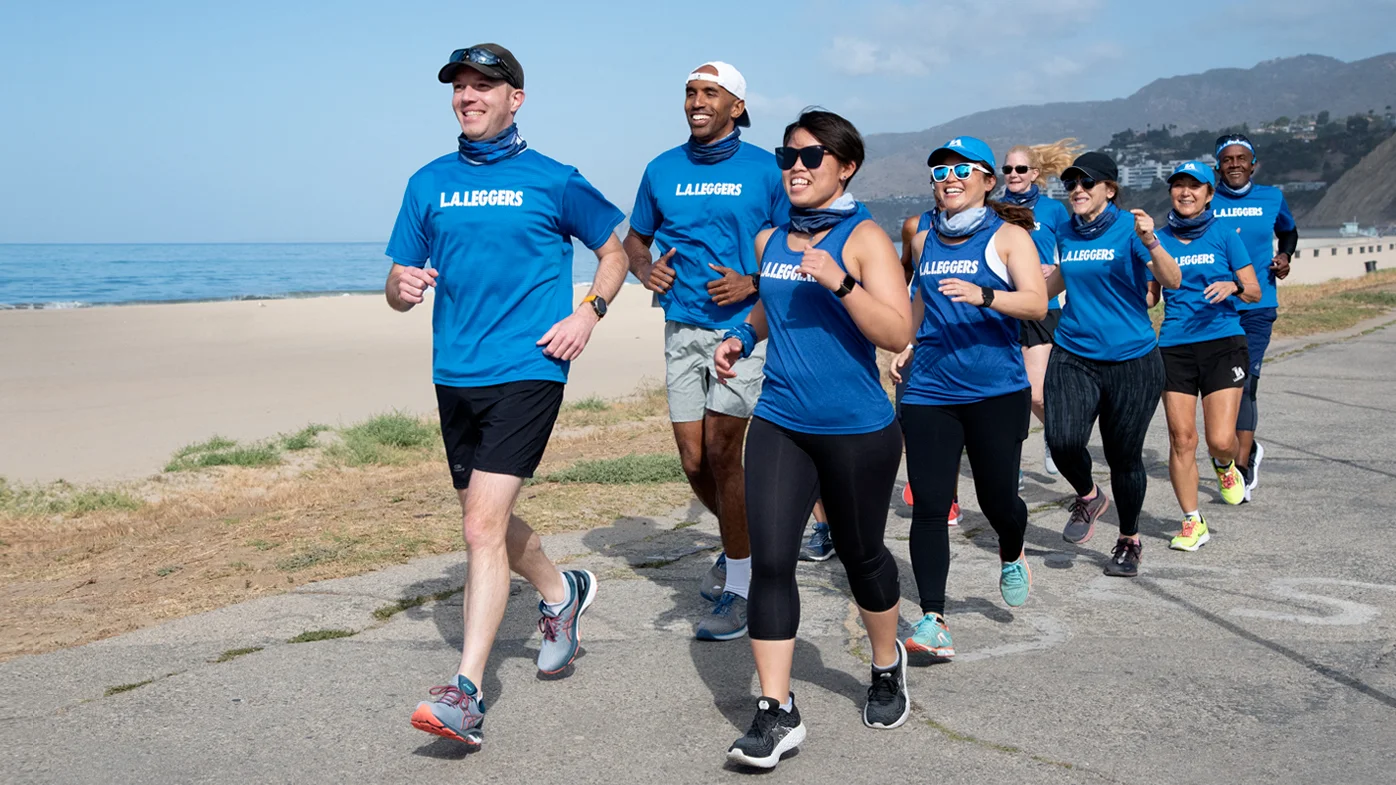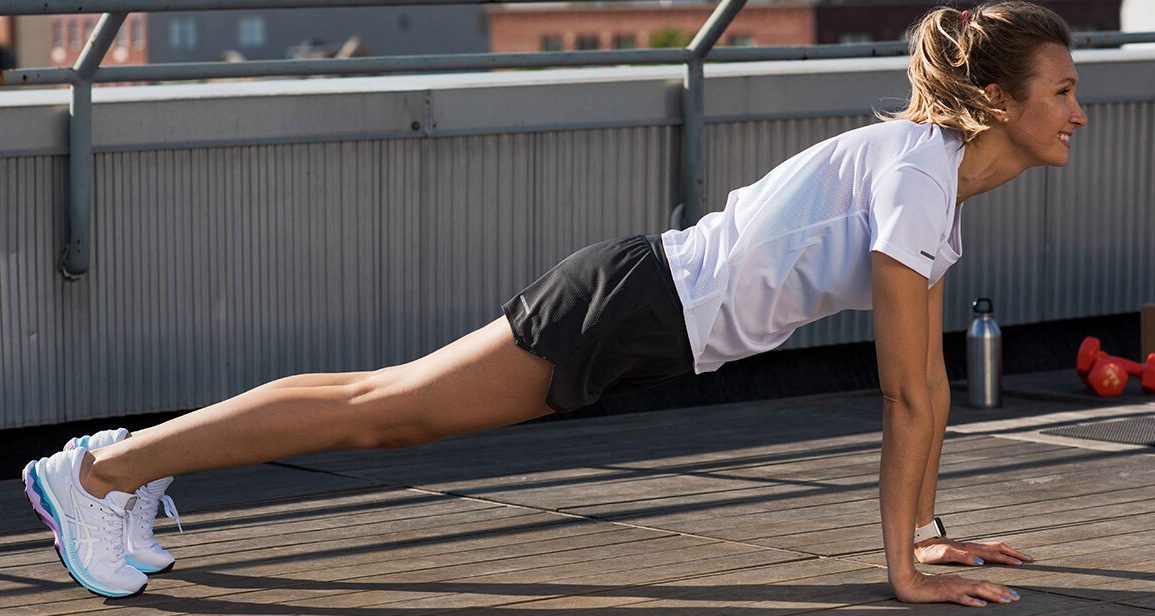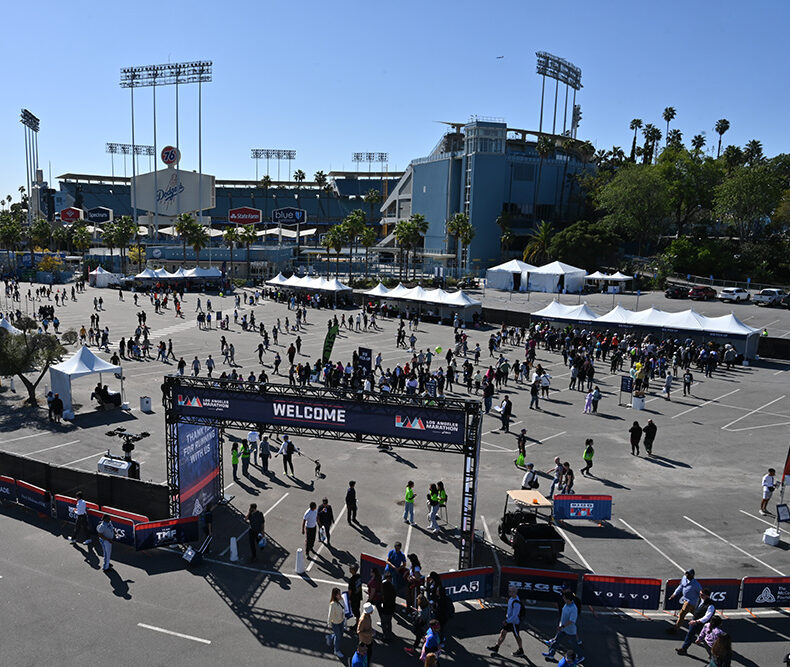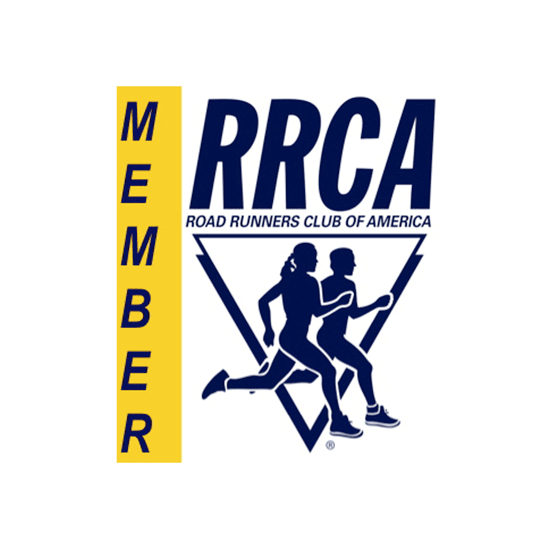When training for any type of race or event, you will likely be following a training plan or program what will tell you what types of workouts to do on certain days during the week. Looking at the Leggers training schedule, you will see different terminology for various workouts. This article will help explain what these common running terms are and why they are beneficial to your marathon training.
Aerobic pace: Aerobic means oxygen, and aerobic pace mean running where our body uses oxygen as its primary energy source. Since marathon races are endurance events, they are mainly run at an aerobic pace. This means that most of our training runs will also be done at an aerobic pace. To know if you are running at an aerobic pace, you need to think of aerobic pace as a conversation pace. This means that you can have a conversation with a partner and that you are not gasping for air in between words. We train at an aerobic pace because it helps increase the flow of oxygen and increases energy uptake.
Tempo/marathon pace tempo: these types of runs are still longer but these are done at marathon pace so they are done at a medium effort. You should still be at a conversion pace for a tempo run but talking is more in short phrases. Tempo runs teach you how to control your pace over an extended period of time and improves our ability to run for longer without feeling tired.
Recovery/XTrain: Recovery is another term for rest. Rest is important because it allows our muscles to repair and restore as well as it also helps aid against injury. Listen to your body and use this recovery day to hydrate and relax. If your mind and body are feeling good and you feel like you can work out, you can cross-train (XTrain). Cross-training is doing activities that are not running but will add value to your overall marathon training. Activities such as strength training, cycling, swimming, and elliptical are all great workouts to help strengthen the muscles that we use while running. Cross-training is a great way to enhance running performance while minimizing the risk of injury. It also is a great way to keep engaged mentally in the marathon training program because it provides variety.
Track: Track night for the Leggers is held at Santa Monica Highschool at 7:00 pm, and these workouts consist of a 2-3mile total workout that involves repeats of certain distances which are run at a specific pace with specific rest periods. An example would be running 400m (one lap of the track) at a 5k pace with a 200m recovery. Track workouts are important for marathon training because speed helps to increase heart rate and oxygen efficiency in the body. It also helps increase strength in the muscles and helps us become faster runners.
Strides are short accelerations where you start running at an easy pace (just below your marathon race pace) and build to a pace that is 95% of your max speed for 30 seconds and then return back to your easy pace for a 30 second recovery. This should be repeated up to six times in one workout and is usually incorporated at the end of one of your mid-week runs. Strides are important for marathon training because it helps us increase our range of motion and improves running form.
You may encounter many more running terms as you continue to run more and read more about endurance sports. For this article, we are only going to cover the terms that are outlined in the Leggers training schedule. If you have any questions about running terms that you come across, please feel free to email training@laleggers.org





